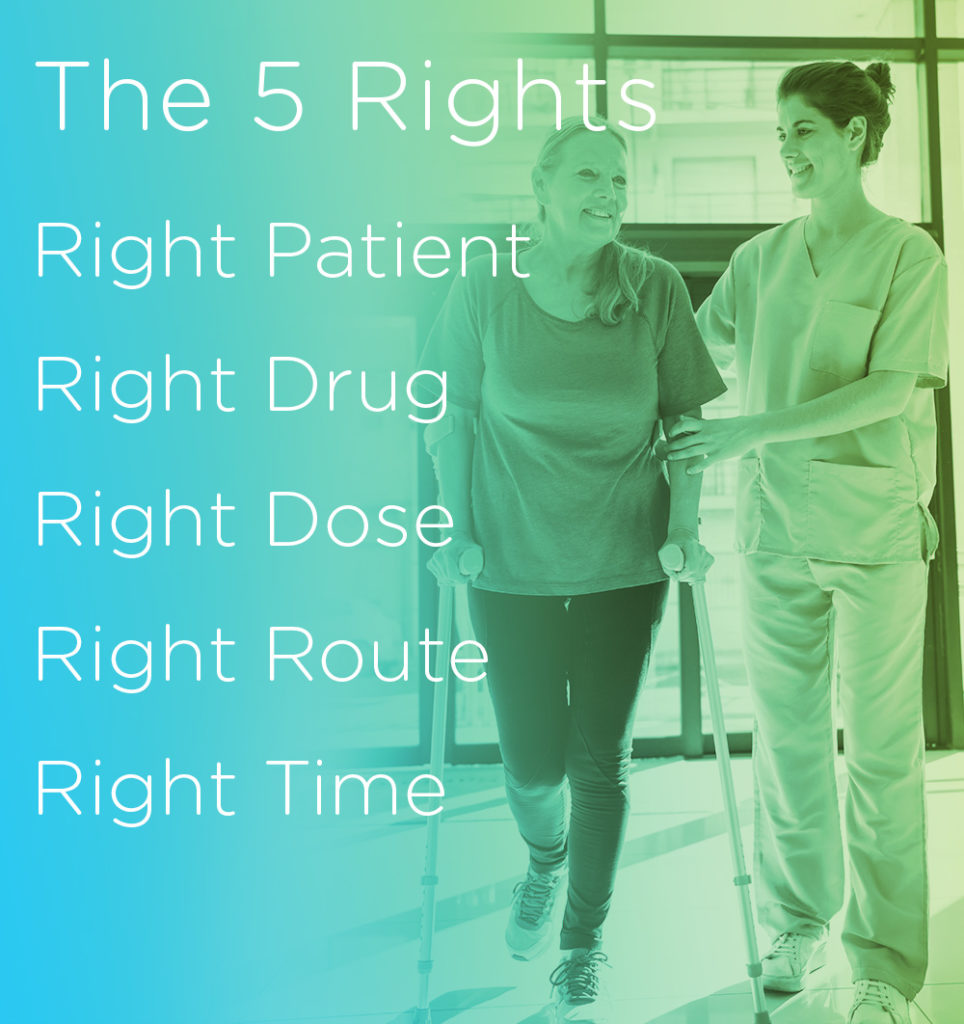How Telepharmacy Improves Patient Care — Perspectives for Nurse Leaders
Medication management is the primary responsibility of hospital pharmacists, but nursing also plays an essential role, thus establishing a critical partnership. The HIMSS Analytics 2017 Medication Management and Safety Study found that nurses were the second most frequently mentioned stakeholders in the medication management process at 98.7%, following pharmacists at 99.3%, with prescribers trailing at 98%.
Since nurses are responsible for direct care throughout a patient’s stay and are ranked as the most trusted profession in America, they offer a unique perspective on the potential that remote pharmacy services, also known as telepharmacy, hold for improving patient care.
Defining Expectations for Telepharmacy
When telepharmacy is done right, remote pharmacists feel and act like an extension of a hospital’s onsite team. When a nurse asks a pharmacist a question about a patient, the location of the pharmacist is not important, provided that the pharmacist has access to the patient’s health record and can provide a timely and informed response.
The nursing staff shouldn’t need to distinguish between onsite or remote service in terms of quality, turnaround time, or ability to respond to dosing or other medication questions, and there should be no difference in adherence to the hospital’s policies and procedures.
Supporting the 5 “Rights” of Medication Administration
 The right patient, right drug, right dose, right route, and right time — nurses are guardians of the five “rights” of medication administration and ultimately, its impact on patients.
The right patient, right drug, right dose, right route, and right time — nurses are guardians of the five “rights” of medication administration and ultimately, its impact on patients.
But they can’t do it alone. Clinical pharmacists are responsible for ensuring that medication orders are properly reviewed and verified before the nurse administers the medication. They also provide expertise to clarify any medication or dosing questions. When pharmacist resources are short, this process can take longer which means delays in giving patients their medications, and can increase the chances of variances and missed interventions that threaten the quality of patient care.
Nurses also feel the effects of longer turnaround times and workload disruption, which inevitably trickles down to patients through nurse frustration and dissatisfaction, and increases the risk for potential medication errors.
Ensuring Consistent Pharmacist Availability
Telepharmacy fills the gaps in medication order review and consultation by providing flexible and cost-effective access to highly qualified pharmacists so that nurses can depend on consistent coverage during any shift.
Remote pharmacists are most commonly used to cover nights and weekends when onsite pharmacists are not available. However, they are increasingly being enlisted to supplement the onsite team during a hospital’s peak hours, or to cover extended leaves of absence, weather events, and to add prospective medication review to the ED, all at a fraction of the cost of hiring per diem or full-time staff.
Improving Quality Metrics
As healthcare is increasingly caring for very ill patients, response time is essential in achieving successful outcomes. Since their attention isn’t divided by onsite tasks, such as checking IVs or managing inventory, telepharmacists can focus specifically on medication order processing and consultations with nurses. Not only can telepharmacists support nurses in their invaluable role in patient care, but they can also contribute to reducing variability and improving predictability at discharge.
With access to patient records, these tasks can be done by remote pharmacists from any location.
In-house pharmacists can then be directed to onsite activities that are closely connected to the patient experience and overall quality. For instance, staff pharmacists can round with care teams, and partner with nurses on clinical initiatives such as antimicrobial and opioid stewardship, as well as on enhancing the patient discharge process which has been shown to reduce rehospitalizations.
Focusing on the Patient Experience
The U.S. is experiencing a nursing shortage that’s only expected to get worse as Baby Boomers put increasing strain on the nation’s healthcare system. These shortages are associated with negative impacts on the patient experience ranging from higher hospital readmission rates to higher rates of infection and even an increased risk of patient death.
It is critical, then, that nurses are supported with sufficient resources, including pharmacists, that help improve their workflow, lower stress, and reduce turnover. Otherwise, resource issues around pharmacy services will likely be reflected in the patient experience — something that, in the age of patient-centered care, is being measured more closely.
In fact, four HCAHPS survey questions deal directly with experiences around medication, so additional support from remote pharmacists won’t just positively impact patients, it can improve reimbursement and the organization’s reputation as well.
Want To See How?
Get a Demo
Interested in learning more about how telepharmacy services and technology can help your organization align with patient care? Find out how to extend your pharmacy team here or contact us to get started.

